DJ Gio Cristiano (far right) beside Gypsy co-owner Mike Borg and friends. Photo courtesy of Cristiano.
Article originally published April 18, 2013 by The Grid online (thegridto.com).
Denise Benson revisits this influential Queen West resto-lounge that brought together bohos, bankers, artists and trendsetters for a menu that included good eats, DJed beats, a smorgasbord of live music, and a diverse cast of characters.
BY: DENISE BENSON
Club: Gypsy Co-op, 817 Queen West
Years in operation: 1995–2006
History: Though perhaps now difficult to imagine, in mid-1990s Toronto, it was still unusual for bar and restaurant owners to open sizable spots on Queen Street west of Bathurst. Trinity Bellwoods Park felt far-off, while Parkdale was not the trendy destination point it is today.
Still, evening social life on Queen was slowly moving westward. Boom Boom Room had run successfully for five years, Sanctuary had brought the goths to Queen and Palmerston, Squirly’s offered cheap nosh ‘til late, and Terroni opened its original location at 720 Queen West in 1992.
A pioneering address was 817 Queen Street West, near Claremont. In the late ‘80s, Marcus and Michael O’Hara opened the über-cool Squeeze Club there. The Squeeze was a combo restaurant, bar, art space, and billiards hall that soared at first, and struggled later. When the business went up for sale, the brothers Borg scored the location.
Mike Borg was well known in Toronto club circles. He’d worked as a manager and promotions director at venues including RPM and the Phoenix, and had co-owned Queen West resto-lounge Left Bank with Darryl Fine (Bovine Sex Club) and Nick Di Donato (Liberty Group). Joseph Borg had owned and operated Studebakers, a rock-themed diner.
When Left Bank was sold, the brothers—along with early partners including lawyer John May and DJ/producer Gio Cristiano—set their sites on transforming 817 Queen West. They opened eclectic restaurant, lounge, and music venue Gypsy Co-op late in 1995.
“We wanted to create a place which was not the ‘fashionable’ hang out, but that had an edge, was hip, and showcased local talent without pretention—a bohemian retreat, so to speak,” explains Mike Borg.
“With getting older and leaving the fast-paced club scene, I wanted a smaller, more sophisticated venue that wasn’t all polished and overdesigned,” he adds. “Literally, most of the décor inside was bought at thrift stores, antique shops, and many remnants of the Squeeze remained [3rd Uncle contributed design elements]. The vibe had to be cool and relaxed, with as much an emphasis on music and the bar as there was on food.”
Open six days and nights a week, Gypsy Co-op was warm, wood-lined and unique. At street level was a long rectangular room, with a ‘general store’ and restaurant in front and a lounge space in back. The sizable store section was stocked with retro candy, specialty teas, cigars, magazines, incense and more, with one’s eyes also drawn to the doll parts, album covers and various trinkets literally hanging about.
Behind this area lay an open kitchen, easily visible to those who packed the large dining room. Here, mismatched chairs were placed around tables adorned with magazine clippings lacquered onto their surfaces. The huge ‘Captain’s table’ was popular with large groups. Behind it was the heavy velvet curtain that divided resto from lounge.
The back bar and lounge area featured a functional fireplace, dim lighting, candles, flowers, board games and a pool table or two, often pushed aside to make way for dancing. A small DJ booth faced this area, while Gypsy’s long bar ran along the easterly wall. Bar stools and couches provided plenty of seating.
Original art was hung around the entire space, with new work showcased monthly.
“Gypsy Co-op wasn’t predictable at all,” says Billy X, a nightclub veteran who’d bartended and promoted for clubs including Silver Crown, Paparazzi, Catch 22, The Living Room, and Klub Max before Gypsy.
“The cutlery was mismatched, the tables and chairs were put together on a dime, and the place was decorated in Mike’s own style. They also used the slate from Squeeze Club’s pool tables to build Gypsy’s bar. It was thrown together on the cheap, on some levels, and yet somehow it all fit together nicely. There was a warm feeling in there, also a real Queen Street feel, and the booze flowed nicely too.”
Upstairs was The Hooch, renovated and expanded in 1997.
“The Hooch was a small dark space, with old wood floors, a fireplace, vintage fabrics, oil paintings and a stage,” describes Mike Borg. “Originally I wanted to have an old 1920s-30s style supper club, but it ended up being our live music floor. We also did swing dance nights and booked the room out for many private functions.”
Why it was important: With its defined aesthetic, broad appeal and word of mouth promotion, Gypsy Co-op helped invigorate a neighbourhood.
“I think that Gypsy really opened up that whole western part of Queen Street,” says Billy X. “Back in the day, it seemed far west. The only other places around there were spots like The Sanctuary and Octopus Lounge. I question how quickly it would have come around for The Drake and all of those other venues if it wasn’t for the Gypsy.”
“The Gypsy was a very cool, underground, chill-out spot,” underscores Cristiano, who’d DJed at Catch 22, the Phoenix, The Joker, Velvet Underground and elsewhere. “It had a little bit of everything, and kind of reminded me of Mike a bit—bohemian, psychedelic, and funky. It was the first of its kind on Queen. I really think the Borg brothers nailed it.”
The brothers opened Gypsy Co-op at a time when lounges were popular, and restaurants had begun to hire DJs en masse. But very few venues mixed resto, lounge, DJed and live music—all while serving high-quality food.
“We put a strong emphasis on the food,” states Joseph Borg. “People could come to a cool, relaxing place, be dressed down, and still have five-star food.”
“Gypsy did really well during restaurant hours too because they offered great food at great value, in a really cool, eclectic environment,” agrees Billy X. “I remember there being a great steak dinner for $12—a bargain. It was accessible.”
Restaurant critics took note, and their positive reviews helped diversify Gypsy Co-op’s crowd, which included artists and CEOs alike.
“Gypsy was very much a local, with friendly, accepting people,” describes Joseph Borg. “We could have a room with 75-year-olds, families with kids, trendsetters, and people just out to party, and all seemed to be able to exist under one roof. We always maintained the community feeling.”
“It was a great date spot, and a great place to meet new people,” points out Theresa Szalay, a former bartender at OZ nightclub who played many key roles at Gypsy during the eight years she worked there.
“At the beginning, during the week, Gypsy definitely would get the ‘starving artist’ types that paid for their beer with all the loose change in all their pockets,” recalls Szalay. “As time went on and nights were promoted, the crowd was very Queen Street: artists, actors, musicians, DJs, hipsters, foodies and such. I always found that Gypsy really attracted music and DJ followers, as well as many other people in the hospitality business, because the whole funky restaurant/lounge concept was new for Toronto.
“I think people who went to Gypsy were there for the whole experience—the food, the vibe, the music, the art, the tarot card readers, the belly dancers, and also the wild staff. One waiter, named Ron, would walk on his hands to tables to take an order, and then serve a pint of beer balanced on his head. These are the reasons people spent complete nights hanging at Gypsy, and kept coming back.”
“My fondest memories of that place are about the clientele and the music,” adds Andrew Dmytrasz, a head bartender and one of Gypsy’s resident heartthrobs. “It was such an eclectic crowd. You had everyone in there—your suits, your hipsters—even me as a clean-cut Mississauga boy, I kind of fit in there too, somehow. It was an artsy, but very open place.”
“Gypsy worked because the blend of people was just right,” summarizes DJ Vania, a well-established Toronto talent who spent seven years spinning at Webster Hall in New York before returning home and choosing to play in more intimate venues.
“The staff was attractive and could execute. The food was good, and the music never got in the way. It’s a tricky balance that most resto-lounges can never attain. The best part was the vibe—it was very chilled and relatively stress free. That started at the top with the Borgs, and trickled down through the staff and on to the customers.”
The balance attained between the brothers Borg (“I was the visionary ‘street’ guy and Joe brought calm, balance and business to the forefront,” states Mike.) would later be tested at their much larger Fez Batik, opened on Peter Street in 1999, but it was perfected at Gypsy and personified in the venue’s signature Tuesday weekly, dubbed Salon 817.
Tuesdays were industry nights in the truest sense. Mike Borg, along with host/promoter Billy X, resident DJ Vania, his brother Vadim, and Gio Cristiano, had extensive contact lists of fellow bar staff, and put them to good use.
“In the first year, we had maybe 50 to 100 people out, largely a lot of our friends, and then it took on a life of its own,” describes Billy. “There would be nights where I’d know 10 or 20 people, but the other 500 I did not. We were doing some big numbers on Tuesdays at points.”
Salon 817 ran until 2003, with Vania spinning “rare groove, soundtracks, sound library obscurities, and, of course, trippy lounge sounds, always with a sense of humour,” while a range of live musicians performed.
“We had everything from barbershop quartets to East Coast-style bands, sitar players, bongo players, rock guys, jazz guys, and everything in between,” recalls Billy. “It was an open stage for anything we thought was interesting.”
Upstairs on Tuesdays, The Hooch became synonymous with band King Brand Valium.
“They were a trippy, talented group of studio and touring musicians who attracted a lot of other high-profile local musicians,” says Mike Borg. “Think ambient, freestyle, jazzy groove, with guitar, bass, drums, trumpet, percussion and psychedelic lights.”
Following King Brand Valium’s live sets, resident DJs included Douglas Carter, Vasi Medley and Christian Newhook (a.k.a. Dinamo Azari of Azari & III). Other DJs, like Cristiano, Mark Oliver, John E, and Kenny Glasgow also played, which meant Salon 817’s crowds ranged from rocker to raver.
“People were black, white, gay, straight, all over the map,” describes Billy. “It was a real microcosm of the Toronto party scene.
“Mick Jagger and Jerry Hall were in on the same night as Kim Mitchell and his wife. I saw them introducing their wives to each other. Jeff Healey came by all the time. Oasis was in a couple of times, Backstreet Boys, so many people. Tie Domi, Mats Sundin, and other Maple Leafs came out, as did other athletes, and people from CityTV—both Georges [Stroumboulopoulos and Lagogianes] were there a lot. It was the place to be on a Tuesday so you’d get everyone.”
Gypsy Co-op attracted an impressive range of celebs, from actors including Mira Sorvino. Dan Aykroyd, and Michael Imperioli to other musicians like Lenny Kravitz, Robbie Robertson, David Bowie, Tommy Lee, Charlie Watts, and drum ‘n’ bass star Goldie.
Theresa Szalay recalls a sleepy Monday evening on Victoria Day weekend 2001. It started with a skeletal staff and ended in surprise.
“There were four customers in the whole place and the street was empty, so at 11 p.m. I decided to close. As waiter Tom Malloy was closing the front curtain he noticed a girl run up to the door. He called to me, ‘Kate Hudson is knocking, and wants to come in.’ She said she had some friends in the car, they wanted to come in for a drink, and asked if we could keep the doors locked. They had their own security. I told the bar to re-open, and a few minutes later in walked Kate Hudson with her then-husband Chris Robinson, and all his bandmates from The Black Crowes, plus the bands Oasis and Spacehog, Liv Tyler, and Oasis’ manager. Voila, we had a private party!
“Liam Gallagher wanted to play some Beatles and old rock so off he went, messing with our already temperamental mixing board. It was loud and sounded awful. I called our in-house DJ and waiter extraordinaire, Kevin Lee, because it was midnight on a holiday Monday and he lived right down the street. Fifteen minutes later, Kevin showed up with lots of vinyl, and the night continued. They were all very appreciative for the hospitality, paid their very large bill, and tipped everyone well. They also gave me six tickets—awesome seats—for their concert the next night.” [Note: Another Gypsy DJ, Jorge Dacosta, recalls that it was, in fact, he who played tunes at this private party. His comment is below.]
There’s no shortage of Gypsy-related celebrity stories, but it was the many hundreds of devoted regulars who allowed the venue to thrive for more than a decade. Gypsy Co-op’s emphasis on interesting music was a big part of why they were there.
“We did everything from klezmer to mariachi, Middle Eastern, Cuban, swing, blues, reggae, soul, house, hip-hop, electronic, funk, rock and grunge,” says Mike Borg. “I was tired of the mainstream, and believed many of our guests and staff were as well.“
He recalls booking bands like Professor Plum (“an ambient acoustic trio”), Anti Gravity Janitors (“space-trance funk”), and Codex (“trip-hop ambient dub)” alongside DJs on Thursdays and Fridays. Hogtown Hep Cats hosted a long-running swing dance weekly. Saturday evenings boasted a rotating cast of top local DJs, including Vania, Gio, DJ Colin, JC and Bristol, England native Lee Castle a.k.a. DJ/producer Sassa’le, former CKLN radio host and founder of Version Xcursion.
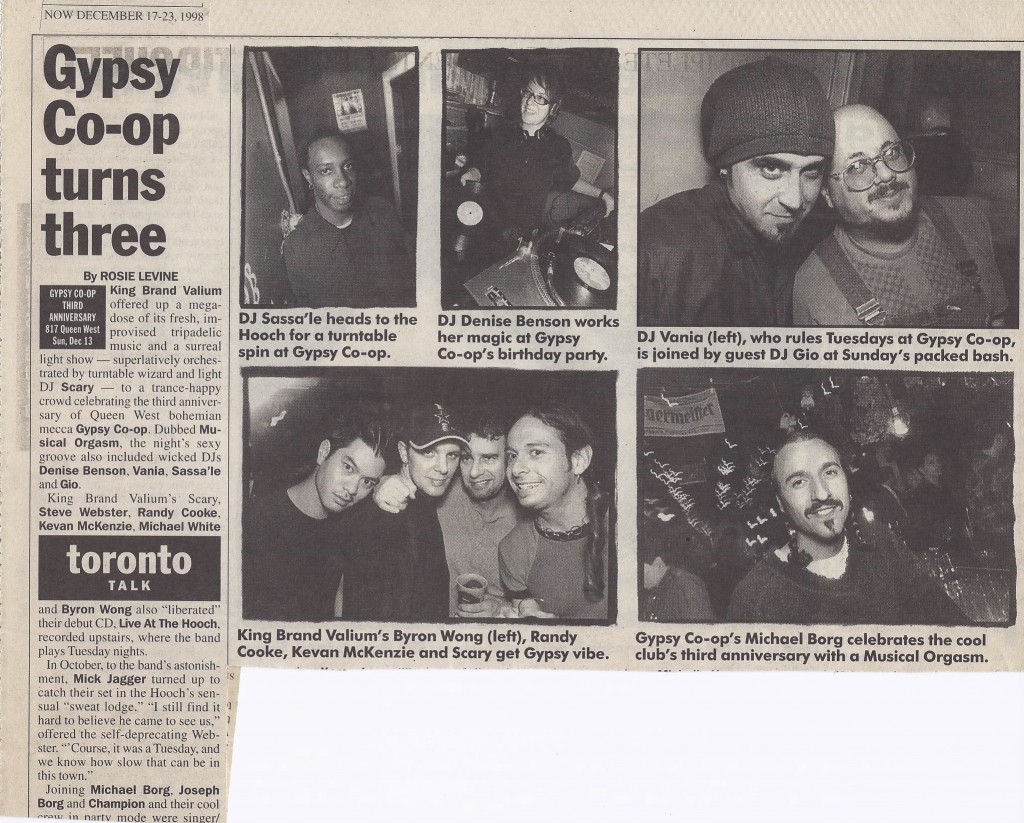
Coverage of Gypsy Co-op’s 3rd anniversary in NOW Magazine, December 1998. Image courtesy of Mike Borg.
“The wide collection of DJs who played all kinds of music made Gypsy different,” says Castle. “It was about like-minded people having a great time, and DJs keeping their ear to the ground. The owners played a big part by giving DJs creative freedom, and being open to new ideas.”
Castle’s signature blend of trip-hop, breaks, dub, and all forms of UK bass music was also heard when he guested at my own long-running event, Glide Wednesdays.
Launched in January 1997 and running for almost seven full years, Glide was a hotbed of underground electronic sounds not often heard in club settings, from dub to soulful drum ‘n’ bass. The complementary Break Fu weekly—with bass-loving tech heads Aria, Jarkko, and Transformer—ran upstairs for some time, while downstairs, I booked a wide range of local guest DJs, like Paul E. Lopes, Moonstarr, and Chocolate.
With the Borgs’ support, I was also able to present early appearances by the likes of Portishead DJ Andy Smith, L.A. beat experimentalist The Angel, innovative British producer Andrea Parker (on her DJ Kicks tour), and Bristol-based Cup Of Tea artists like Purple Penguin and Jaz Klash (Rob Smith of Smith & Mighty with Peter D and The Angel).
“It was personal for me to see DJs from my hometown come over and smash it,” says Sassa’le, who also recalls the Wednesday night another famous Bristolian caused a stir.
“Roni Size was at the venue, just chilling, and walked over to ask a question. The guy next to me couldn’t believe it and started freaking out,” says Castle, who has continued to DJ and produce (his latest album, SystemEcho, was released recently).
In early 2000, the Glide vibe was expanded upon when I invited talented DJ and kindred musical spirit Andrew ‘Allsgood’ Puusa to join me full-time. It was his first club residency.
“I think what made Glide an amazing night was adventurous programming,” says Puusa. “We had a strong lean towards sounds that were on the fringes of electronic and dance music, and didn’t have much of a voice in Toronto. Downtempo, left-field hip-hop, nu-jazz, broken beat, and future soul were all championed, along with deep house and dub, from roots to modern.” (He now releases re-edits with Alister Johnson on their Free Association label.)
It was Glide’s lean towards dub and its many modern-day offshoots that attracted regulars like James and Graeme Moore, the bassist and guitarist, respectively, in dub band Resinators.
“No one was spinning anything except what they wanted to,” recounts James Moore of Glide. “The uncompromising quality was exactly what made it special. The music was new, and we talked about it a lot. The crowd was a who’s who of Toronto music heads—musicians, radio and club DJs. The scene was very open and accepting. It was an absolute must-attend for years.
“Glide was also a place out-of-town DJs were welcomed. We knew their music, and they could count on an appreciative audience, with lots of tolerance for offbeat, weird stuff.”
As evidence, Glide’s five-year anniversary was marked by sold-out appearances by both Netherlands-based Twilight Circus Dub Sound System and, two weeks later, Manitoba (now known as Caribou) who performed his first live P.A. in Toronto. British producers Bonobo and Mark Rae also guested, as did NYC’s Nickodemus and, in 2003, we marked six years with a two-floor lineup featuring Akufen, Mike Shannon, Deadbeat and Tim Hecker. Those were heady times.
Resinators also added much bass to the mix over a series of live dates.
“When Resinators started our weekly dub residency upstairs, it was great synergy,” says James. “We would pack that little room with as much gear as it could handle. One night surprise guest Glen Washington sat in on drums, bass, and vocals. It was common to see talents like Esthero and LAL, among up-and-comers. It was the start of the ‘open mic’ Resinators’ sessions where we honed our classics with guest vocalists.”
Also significant were Thursday nights at Gypsy, when the live hip-hop showcase In Divine Style reigned supreme upstairs in The Hooch. Launched in January of 2001 by Ryan Somers a.k.a. Fritz tha Cat, former rap editor for Vice magazine, the pioneering event was an extension of Somers’ In Search of . . . Divine Styler ‘zine (later, a related book), and was especially infamous for its open mic segment.
“We generally presented a night with three to five main performers, and then an open mic freestyle segment that featured anywhere up to 25 MCs, singers, performers, comedians, and poets,” explains Addi Stewart, a.k.a. Mindbender, an original host of the night who later took over organizing duties.
“The goal was to give artists a venue, an audience, and a chance to perform when there was barely any other opportunities or spaces to do so.”
Key contributors to In Divine Style included engineer/soundman DJ Dorc, doorwoman and host Alexis, DJ and MC More or Les, and other DJs including Todd Skimmins, Vangel, Danimal, Druncnes Monstr, Son of S.O.U.L., Mel Boogie, and EfSharp. The monthly SheStyle sessions featured DJs including Dalia and Tashish, and heavy-hitting host MCs like Eternia and Sunny D. Art by the likes of Elicsr and EGR was on display while bboys and bgirls added to the IDS energy.
Stewart says that “approximately 636 MCs came through,” a mix of local, national and international talents. Now familiar names like Ian Kamau, Brassmunk, Tara Chase, Masia One, Graph Nobel, Aysicks, Dope Poets Society, and Theology 3 were among them. He makes mention of wordsmiths like Chuggo (“the electric essence of what KOTD battle rap has become today); Travis Blackman (“a room-silencing superhuman vocalist and eye-expanding performer); and an 18-year-old Isis, later of Thunderheist, who made her club debut at IDS (“she ripped the mic insanely!”).
Until it ended in January of 2006, after running as a monthly during its last year, In Divine Style played a crucial role in nurturing Toronto’s hip-hop talent and community. It put performers in front of caring, often capacity, crowds.
“Friends felt like family,” describes Stewart. “People sold, traded, and bought each other’s CDs, we had themed nights, and a very special warm and fuzzy connection between heads in a hip-hop era that honestly does not exist in this day and age. There was no internet, so you had to be there to hear what people said and did every week.
“Second-hand stories were not enough; it was about being present and participating in the culture. It was really a place filled with love for hip-hop lyrics. MCs had to come with some good rhymes. People never get booed off stage for being average, but the most applause would go to the best mic rockers. In Divine Style was the perfect place for an aspiring MC to lose their stage virginity!” (As evidence, dozens of IDS performances were archived and can still be enjoyed online.)
Who else played / worked there: It’s impossible to list all of the DJs who played at Gypsy over time, but other familiar names from the venues’ earlier years include DJ Martini, Peace Harvest, James St. Bass, Fish Fry, Dave Cooper, Jason Palma, and Sam ‘EfSharp’ Fleming. Fleming promoted the Word Is Mightier weekly while also working as a cook and arts curator at the Co-op.
The kitchen and bar staff was, of course, essential to Gypsy’s function and team spirit. Chefs included Andrew Underwood, Laura White and Chris Thomas, with support from spirited kitchen staff including Kristine Catignas, Amber Husband, and Kim-Ella Hunter. Among the bar and wait staff were musicians like Miles Roberts and Steve Singh. City councillor Michelle Berardinetti once worked there, as did Jill Dickson (later co-owner of Watusi) and the late, lovely Jenna Morrison.
Even Gypsy’s team of managers—including Dave Clarke, Clay Hunter and Salvatore Natale—was a cast of characters.
“Staff was one of our biggest assets,” emphasizes Joseph Borg. “They needed to have a smooth personality, be a little unusual, and accepting of all people. They had to be able to deliver a professional experience to our guests, without looking the part.”
Bartender Andrew Dmytrasz refers to the waiter named Ron to illustrate this point.
“One night, when the dining room was packed, he puts a tray with a single pint of beer on his head, and walks ever so slowly and carefully to deliver it. The entire dining room stopped eating, watched him and erupted into applause. That was the kind of fun that Gypsy was all about. It wasn’t just, ‘Give me my drinks and food, and we’re out of here.’ To this day, it’s my favourite place to have worked.” (Dmytrasz would later open Mississauga resto-lounge The Enfield Fox with Sal Natale and Joseph Borg, and now works for Epic Cruises.)
“I think Gypsy was truly a ‘co-op’ of artists and creators who could showcase themselves and share talents in one space,” states Szalay. “There was always so much going on, and it changed all the time.” (Szalay is now mother to a young daughter, and has developed a line of body care products called Olive Tree Organics.)
Perhaps the biggest change of all at Gypsy Co-op came in 2003, when a new chapter began.
“Mike had gone to start his new life in British Columbia, so the last while was not the same,” explains Joseph Borg. “Part of the soul of Gypsy had left.”
In spring of 2003, Gypsy Co-op was sold to 27-year-old entrepreneur and event promoter Ismael ‘Izzy’ Shqueir, along with friend Devin Thomas and other partners.
Shqueir is familiar to many as the co-founder of milk. events, which launched in 1996 as a small party in Kensington Market, and grew to become one of the biggest and most distinctive party brands in town. Izzy, along with brother Gani Shqueir and DJ partner Felix Bianchini, had produced big shows in venues like Roxy Blu, Turbo, and The Warehouse. They also presented artists including Perry Farrell, Dimitri From Paris, and Jazzanova at the Borgs’ Fez Batik. As a result, Shqueir was brought in to program and market events at Gypsy, and was then a natural candidate to lead the venue’s next chapter.
“The feeling was that Izzy had brought much to the Gypsy, and would be able to provide a new heart and soul to allow it to grow into a new decade,” says Joseph Borg.
“The brilliant thing that separated Gypsy Co-op from other establishments was its warm, welcoming and laid-back style,” reflects Shqueir. “Gypsy never set out to be a slick bar or fancy restaurant—not when it started or after I took over.”
Shqueir worked to maintain Gypsy’s formula, food quality, and aesthetic while providing much-needed upgrades to the kitchen, washrooms, and sound system.
“We were careful to try and preserve the old magic as much as possible,” he states. “I think my contribution tied Gypsy back into the changing trends—musically and food-wise. With music as my forte, we brought through an array of talent, ranging from locals like Fritz Helder & The Phantoms to iconic producers like Prince Paul.”
Izzy describes the music programming as “a little more street level,” as he, Gani, and Felix maintained an eclectic mix, with added emphasis on hip-hop, house, and electronics.
The Hot Stepper crew produced occasional events, as did techno-loving brothers Zeeshan and Osman, then owners of nearby clothing shop, Reset. Mira Aroyo of Ladytron came in for a DJ set, bands including God Made Me Funky performed, and Sunday nights were revamped to feature belly dancers and live traditional Arabic music.
Hip-hop heads had a lot to enjoy. Not only did In Divine Style continue on Thursdays, but DJs Numeric, Dalia, and More or Les presented their classic hip-hop monthly Never Forgive Action on Fridays for well over a year, while the New Kicks night brought beats and breakdancers to Wednesdays for three years.
Initially held down by DJs Fathom and 2-Swift Household, New Kicks was hosted by beloved b-boy Benzo, of Bag of Trix. Eventually, DJ Serious joined Fathom in blending funk, breaks and hip-hop on three turntables and two mixers.
“New Kicks became the central night for local breakers and our neighbours,” says Shqueir. “Fathom and Serious are such versatile guys, and rocked the lounge all night long.”
What happened to it: “Given that Gypsy had been successfully operating for many years, the building and its structure were becoming severely worn,” Shqueir recalls, citing major electrical and plumbing issues among other pressing needs.
“After it became clear that further renos were needed to keep the business competitive, things became tough. Trends jumped our strip of Queen West and ignited around The Drake. Negotiations with the landlord to secure a solid, win-win, long-term deal weren’t successful. At that point, we cut our losses. We had enough to pay our staff and small suppliers, so we folded and left.”
Gypsy Co-op’s doors were locked on December 28, 2006. Shqueir feels that its influence lives on.
“Other venues since have carried on the supper-club concept,” he begins. “They have been larger, they have been louder, and they been successful, but they haven’t captured the magic [of] Gypsy Co-op. The mélange of people from different creative scenes and age groups is not something I’ve seen naturally occur since.
“Venues like The Drake, Ultra, and Brant House all followed the same format successfully, within their own niches, but none have done it with the old-school method of two turntables and a promoter. Gypsy launched with a certain momentum, reputation, and street credibility. It’s the perfect sweet spot every business owner hopes to achieve.”
Post-Gypsy, Shqueir pursued his “childhood dream of driving trains,” and has trained with Bombardier for the past five years, working towards a locomotive engineer certificate. He is also a licensed mortgage agent. Gani and Felix continue to produce events under the milk. banner.
Mike Borg lives in Kelowna, B.C., where he owns and operates 250-seat restaurant and lounge, Cabana Grille. He’s also a partner, with Joseph Borg and others, in Pegasus Hospitality Group, which operates venues including Palais Royale, Casa Loma, and The Grand Luxe.
817 Queen West is now home to The Dog’s Bollocks sports pub.
Thank you to participants Addi ‘Mindbender’ Stewart, Andrew Dmytrasz, Andrew Puusa, Billy X, Gio Cristiano, Izzy Shqueir, James Moore, Joseph Borg, Lee Castle, Mike Borg, Theresa Szalay, and Vania, as well as to David ‘Fathom’ Mussio, Noel Dix, Sam ‘EfSharp’ Fleming, Thomas Quinlan.

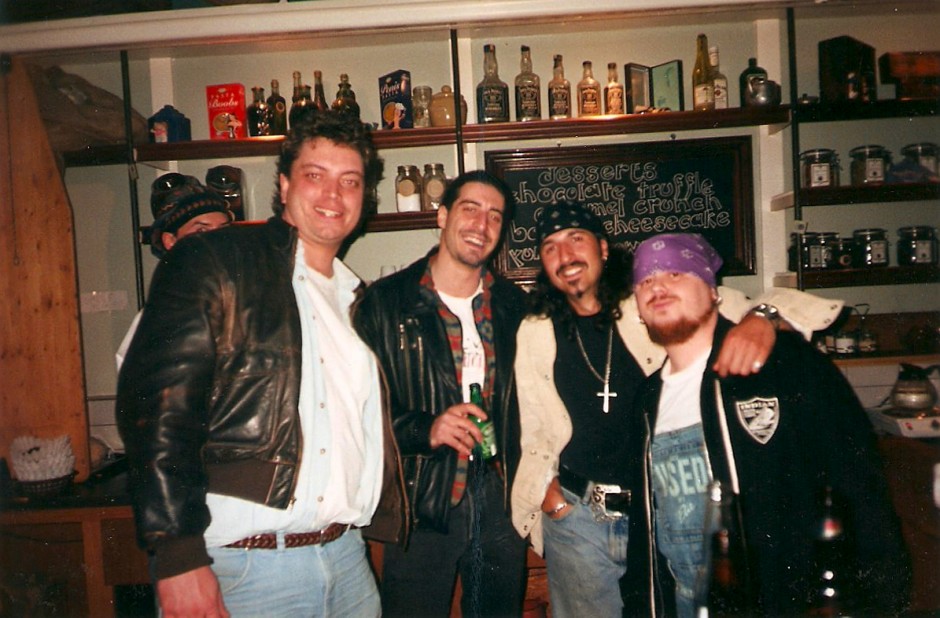
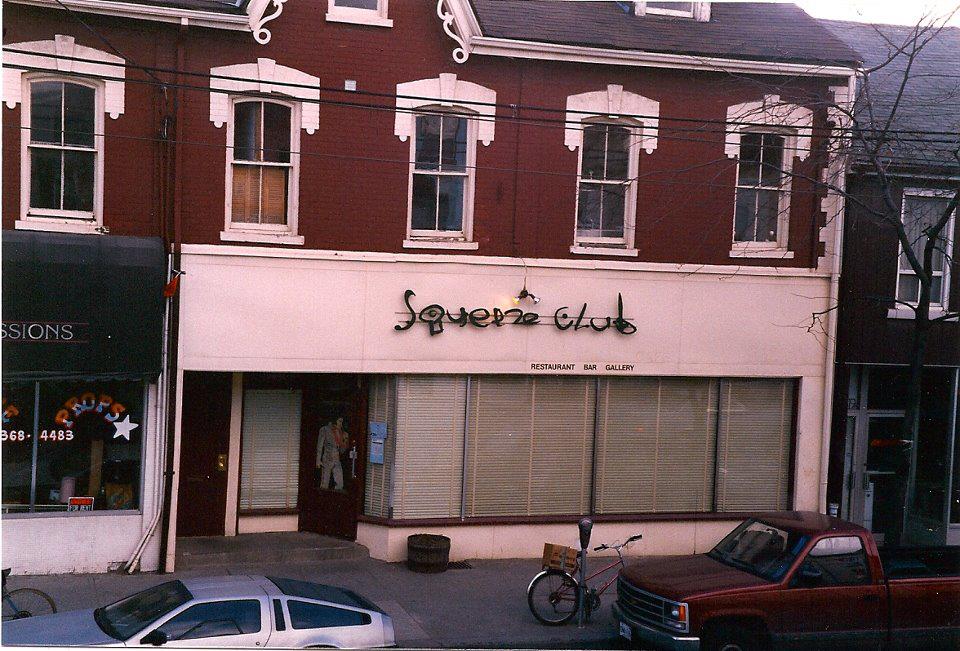
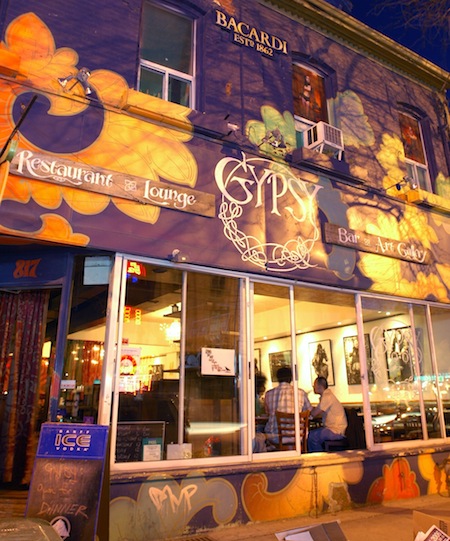
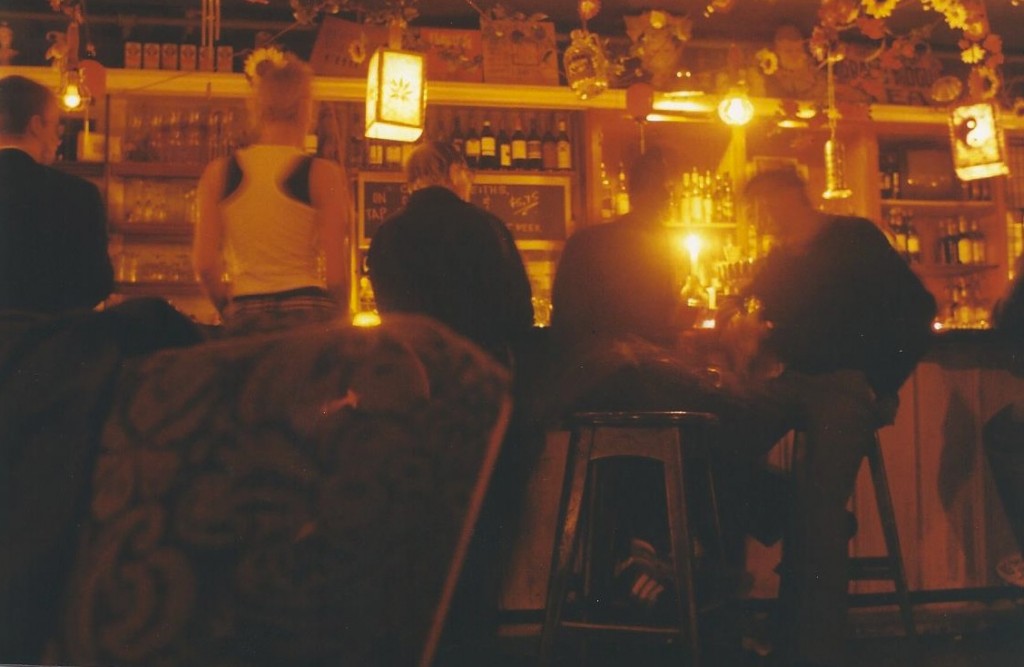
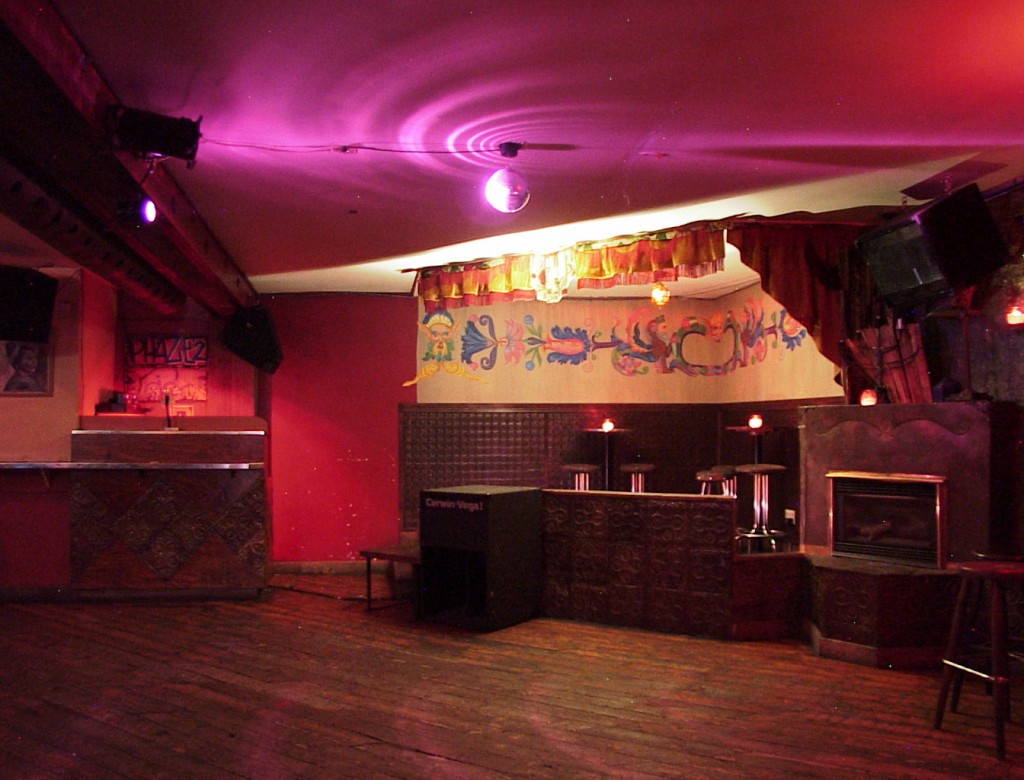
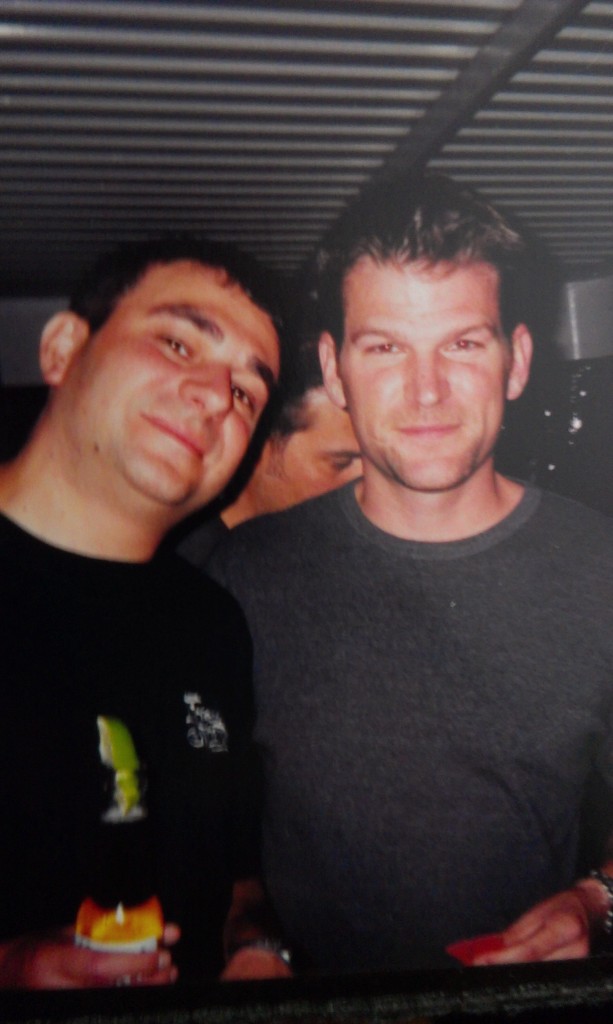
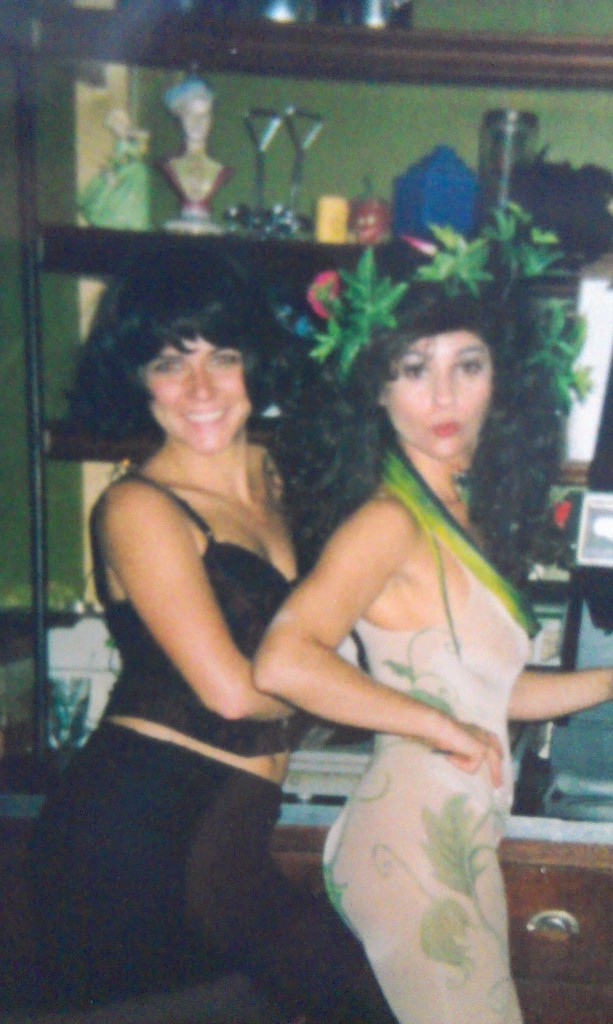
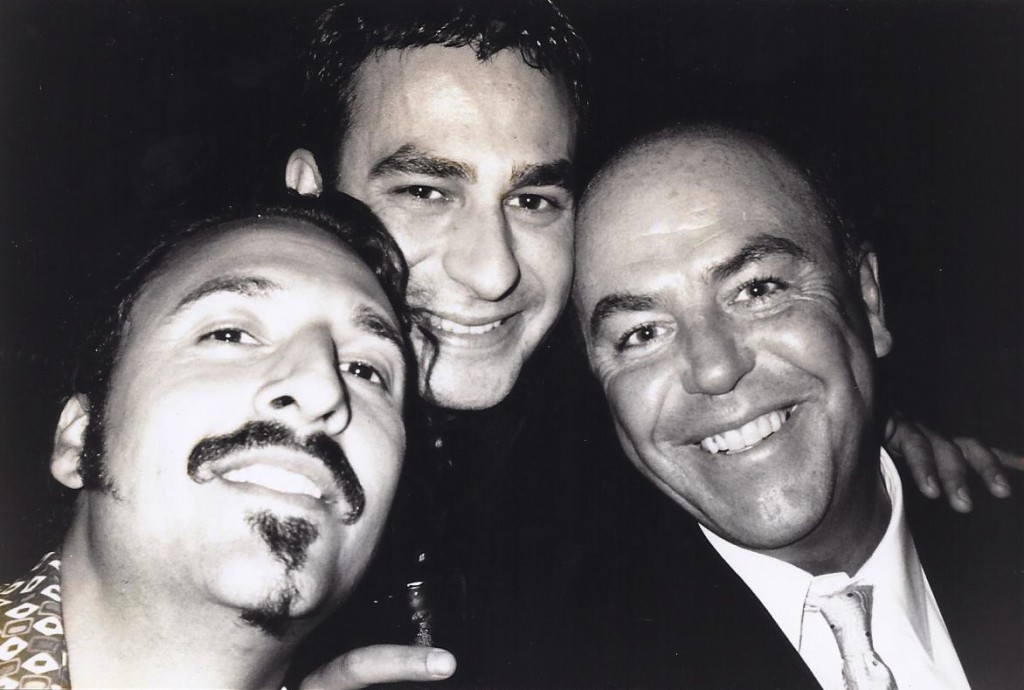
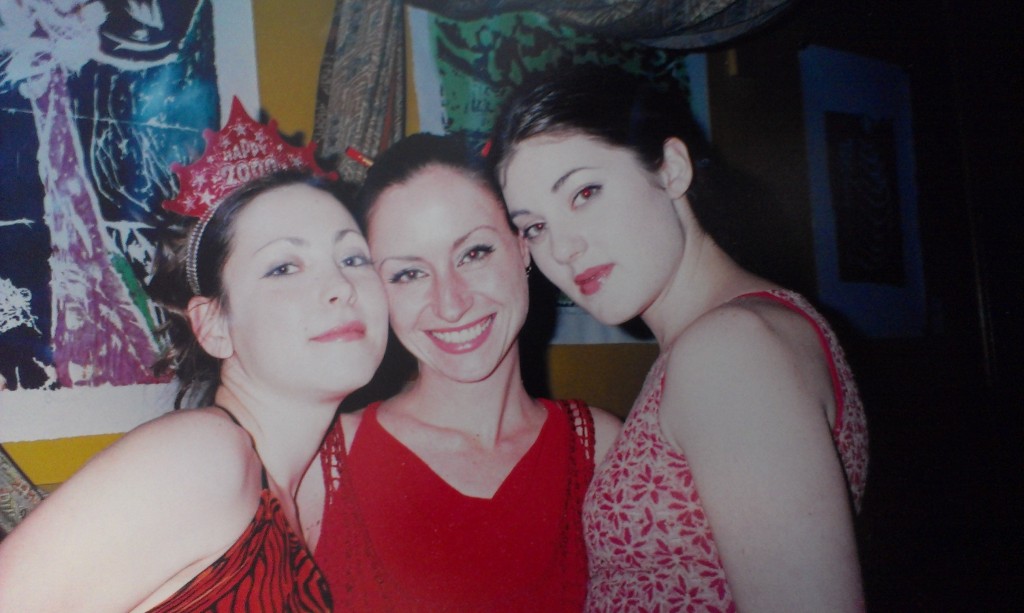
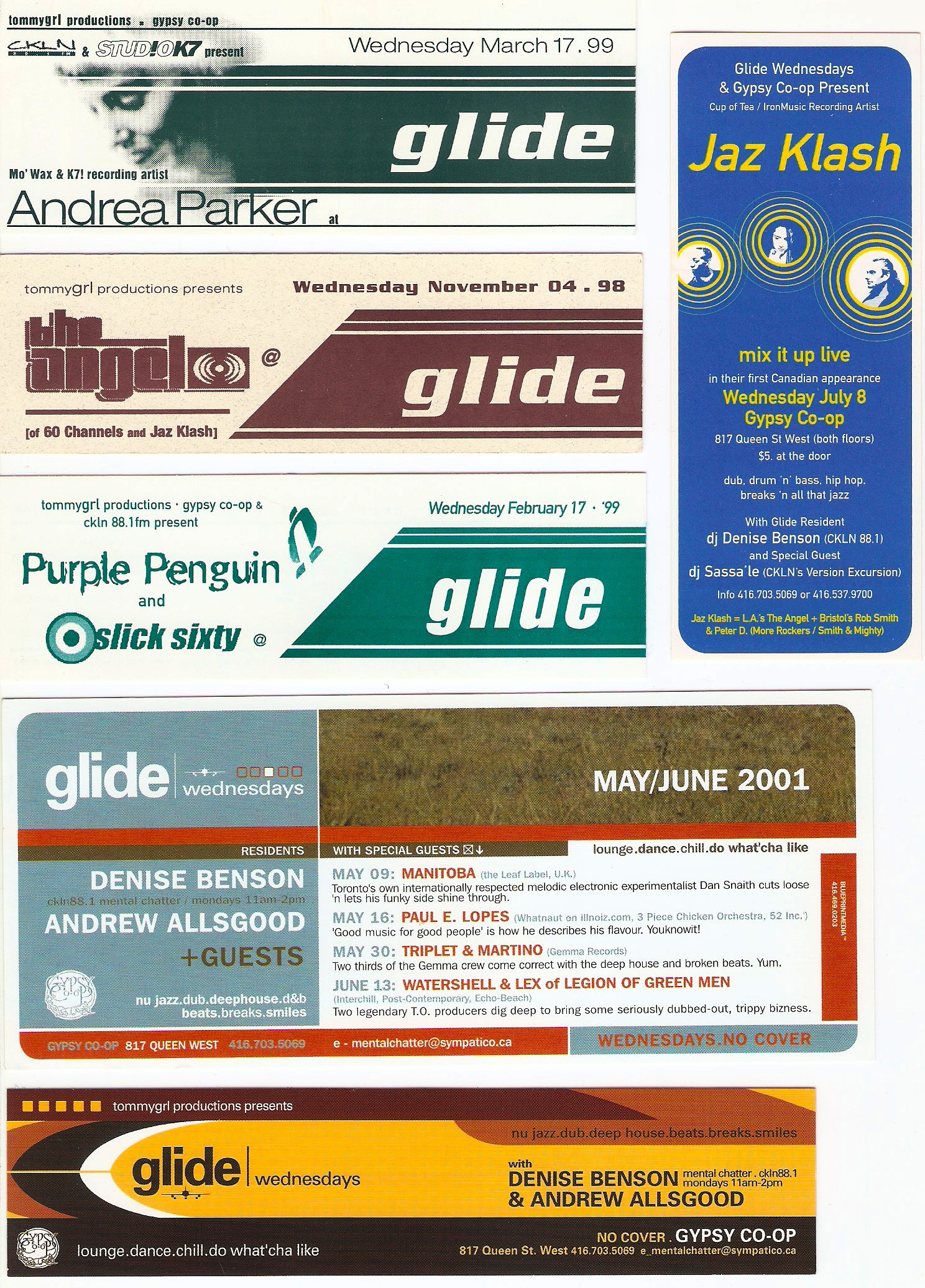
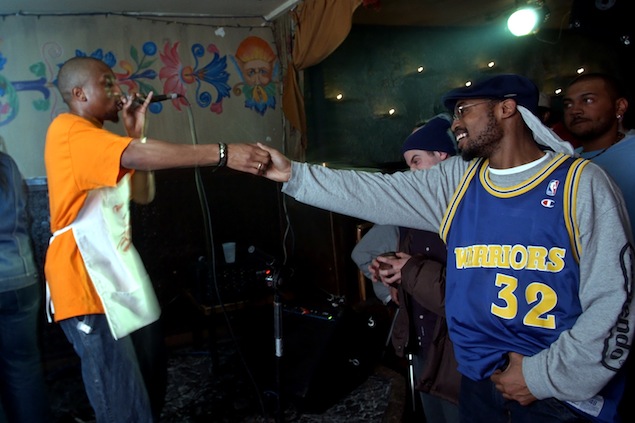

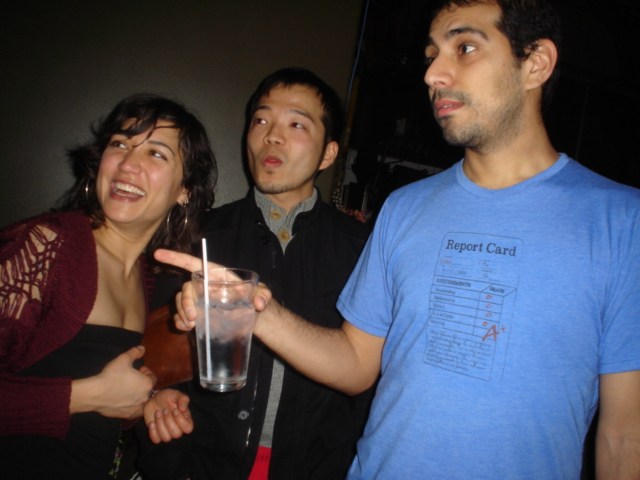
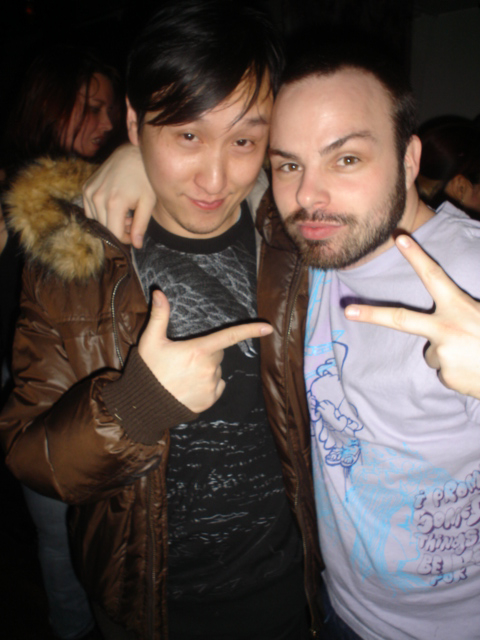
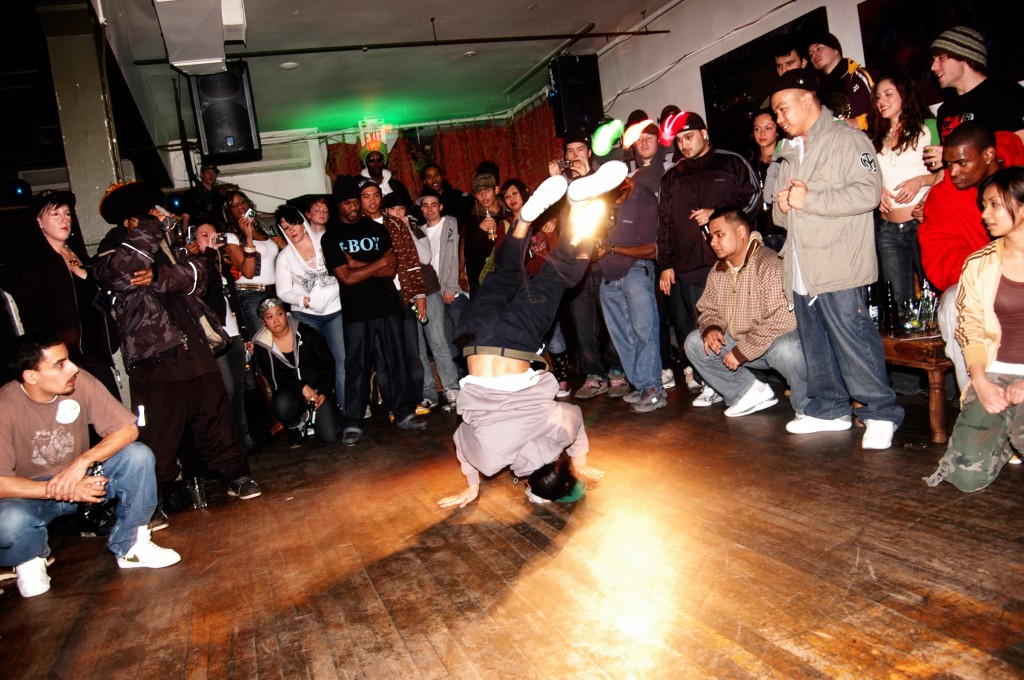
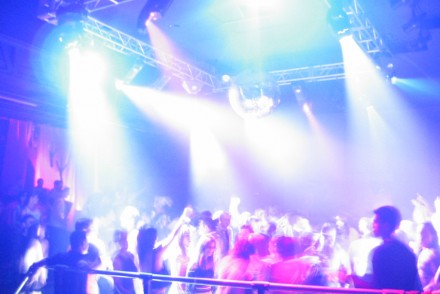
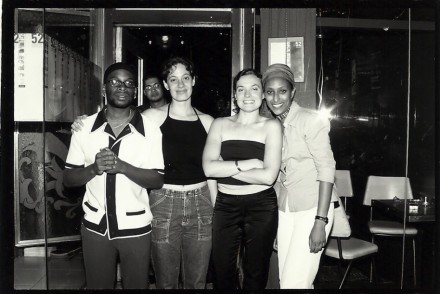
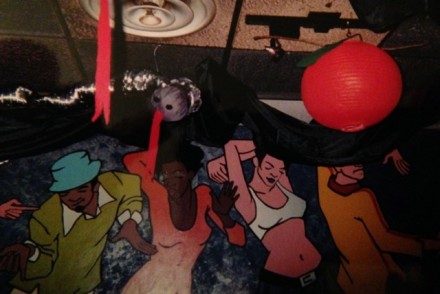

No Comments